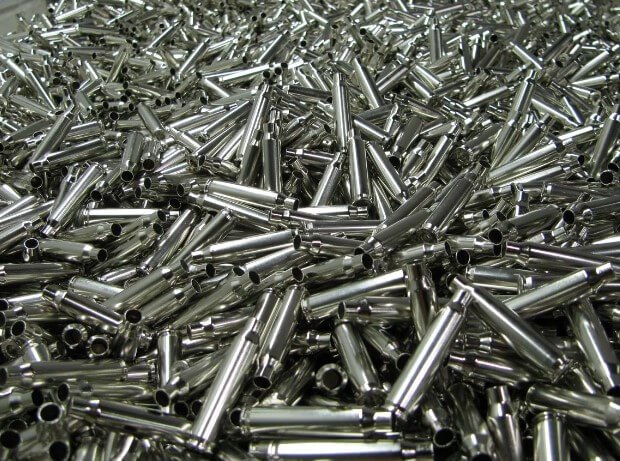Nickel Prices Surge in April with Continued Strong Performance Expected

In April, nickel prices experienced a significant rise of over 9%, driven by the resonance of non-ferrous metal prices and strong fundamental support. This trend is expected to continue in the short term as supply and demand dynamics shift.
The Federal Reserve's fluctuating interest rate cut expectations, coupled with concerns about a potential recession and demand downturn, continue to impact the market. While the Fed's recent interest rate decisions aligned with market expectations, weaker-than-expected U.S. non-farm payrolls data in April have increased speculation about future rate cuts. This anticipation of rate cuts is expected to influence the market further. In the short term, the weakening of the U.S. dollar index has slightly boosted non-ferrous metal prices. In April, a significant rebound in manufacturing data from major economies provided macroeconomic support. However, as manufacturing growth slows, market concerns about demand are increasing, leading to differentiated fluctuations in non-ferrous metal prices.
Since early 2024, the slow progress of Indonesia's nickel mine approval quota has affected the market. Initially expected to be completed by the end of March, the approval process has continued to drag, impacting the supply of Indonesian nickel ore in April. Indonesian officials have provided limited updates on the approval progress, contributing to ongoing supply constraints and cost support for Indonesian nickel products. In late April, Indonesia's investment minister announced a new mining license for PT Vale Indonesia, indicating that approvals are ongoing. Meanwhile, the supply of nickel ore from the Philippines increased significantly in April, but rising shipping costs have impacted the market. By the end of April, the cost of shipping nickel laterite ore from the Philippines to China had risen to over $14 per ton. The sustained rebound of domestic NPI (New Product Introduction) prices suggests that the CIF (Cost, Insurance, and Freight) price of nickel laterite ore from the Philippines may rise in May, providing strong cost support for nickel products.
In April, national refined nickel output was estimated at 25,900 tons, a 4% increase from the previous year. From January to April 2024, cumulative national refined nickel output reached 100,700 tons, up 46% year-on-year. The continuous increase in production has led to the accumulation of domestic refined nickel inventory. Despite general losses in producing refined nickel from purchased raw materials, strong fluctuations in the external market have provided support for raw material prices. China’s refined nickel imports continue to decline, while exports have fluctuated upwards, positioning China as an export supplier of refined nickel. Chinese refined nickel now accounts for about 10% of LME (London Metal Exchange) nickel warehouse inventory. Internationally, production has varied, with Russian nickel output decreasing by about 10% year-on-year, Canon nickel production increasing by 14%, and Vale nickel production decreasing by 4%.
Stainless steel production in China continued to grow in early 2024, with estimated output exceeding 11.6 million tons from January to April, an 8% year-on-year increase. Indonesia’s stainless steel production also grew significantly, with a nearly 37% year-on-year increase. Stainless steel output is expected to continue growing slightly in May. The recovery of stainless steel prices in April, along with improved profits and higher actual output, has positively impacted nickel demand. The supply and demand expectations for nickel pig iron have also shifted, with improved price tolerance and transaction price volatility, generating positive momentum for the nickel industry. China’s apparent consumption of stainless steel has increased significantly year-on-year. Despite high domestic stainless steel futures inventory, there is room for improvement as spot inventory levels decrease.
In the new energy battery sector, Q1 saw raw material restocking and a tightening supply of nickel sulfate, driving prices up. In May, continued demand for raw material restocking by ternary precursor enterprises is expected to provide positive feedback for nickel sulfate.
In April, nickel prices rose significantly due to macro and micro factors. Looking ahead to May, downstream demand is expected to improve, and the macroeconomic environment may shift. Nickel prices are likely to continue experiencing strong fluctuations in the future.





